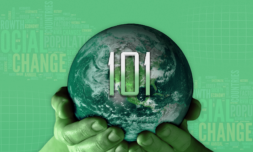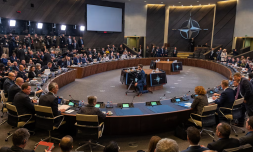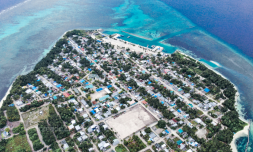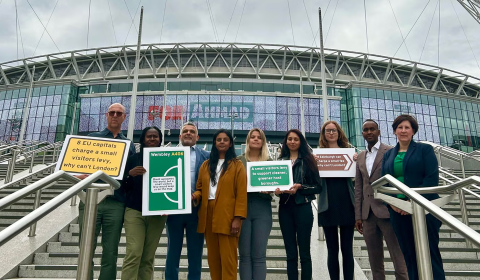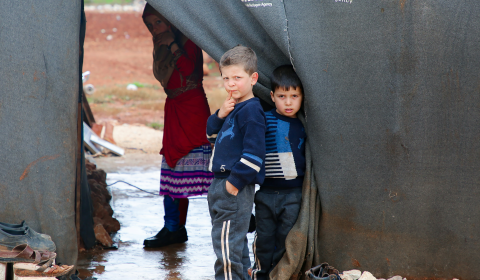Moments of universal crisis bring our world as it is into sharp focus, and also show us what it could be.
Though celebrities have been gleefully taking to social media to declare themselves fellow victims of the Coronavirus along with us common folk, this pandemic has been far from a global equaliser.
Vulnerable persons living in poor communities – those in cramped housing developments or neighbourhoods with poor air quality, refugees and immigrants, incarcerated people, the housing insecure, and those unsure whether it’s better to lose their job or to stay on the frontlines out of necessity – are far more vulnerable to this virus. Interestingly, it is this exact demographic that’s set to be the most impacted by climate change and the instability that will inevitably bring.
If anything, this pandemic has drawn a line in the sand between those who can survive natural and ecological disasters unscathed, and those who cannot. Already in the lower income communities of the UK and the US you can find overflowing pockets of health issues, like respiratory illnesses and high cancer rates. After all, housing is cheaper near fracking and power plants. It’s no surprise that in New York City, currently the world’s more biggest hotbed of COVID-19, immigrant enclaves in Queens and the Bronx that are hardest hit.

Moreover, the virus is already playing out very differently in developing nations compared to those under the Western sphere of influence. The world’s poorest people tend to live in multi-generational households, facilitating the virus’s easy spread, have little access to the internet where they might gleam information about the illness or advice on prevention, and are limited to often poorly supplied hospitals in their area (if they can get there at all).
No matter how much Gal Godot croons at you from her multi-million dollar LA mansion, Coronavirus is not affecting us all equally. Neither will climate change. If anything, COVID-19 is facilitating a flash forward to what our future could like if we don’t take action to reduce climate inequality now.
That’s why it’s so important to ensure Earth Day 2020 doesn’t get swept under the rug in favour of what some would label more pressing concerns. As the world unites against a common enemy, it also bears witness to existing fault lines in our defences against an even more persistent foe.
As Liat Olenick and Alessandro Dal Bon point out in this article for Teen Vogue, the original legacy of Earth Day, begun by an upstart group of 20 million obstinate Americans in 1970, wasn’t just to entice the world to switch off their electricity for an hour, but it was legislative. The marches and protests of 22nd April 1970 was one of the major catalysts in the creation of the Environmental Protection Act (EPA).
That same year, the US congress passed the Clean Air Act, the Clean Water Act, and the Endangered Species Act. Earth Day wasn’t just about appreciating our innate connection to nature (which is of course important) but about recognising the fragility of that connection and pushing for legislation that secures it. Thanks to that first Earth Day, public health in the US was forever improved, and countless further conservation projects were inspired.










